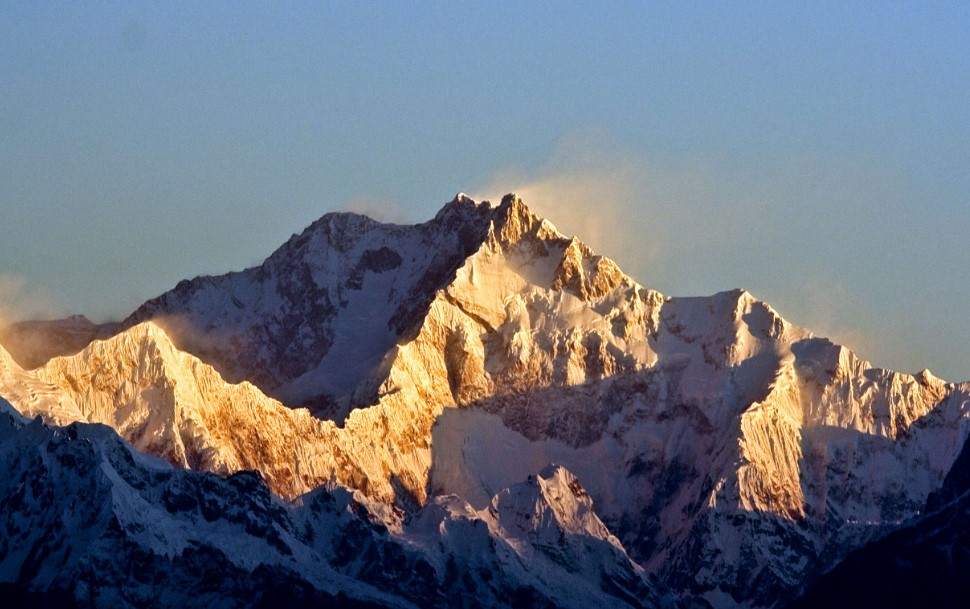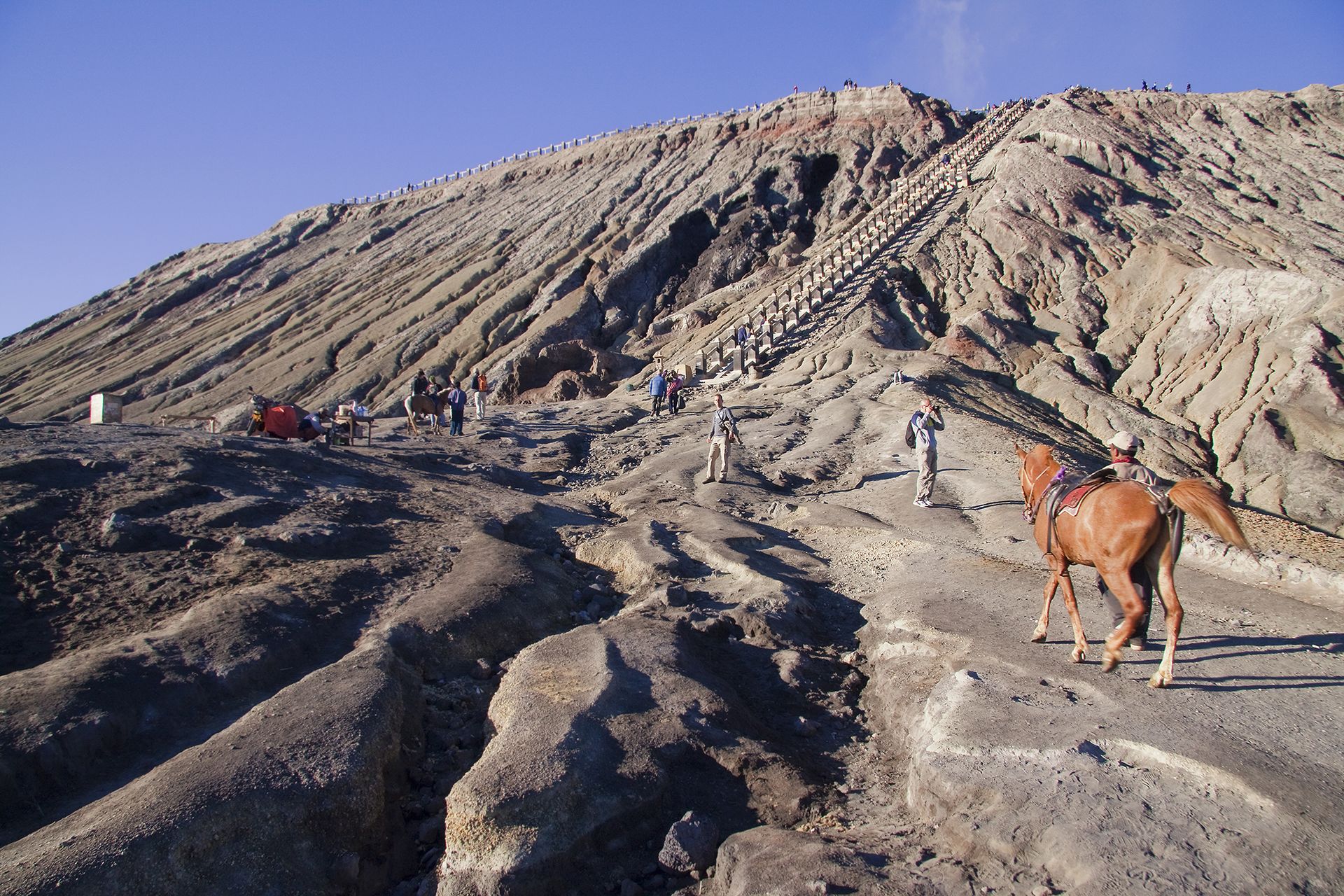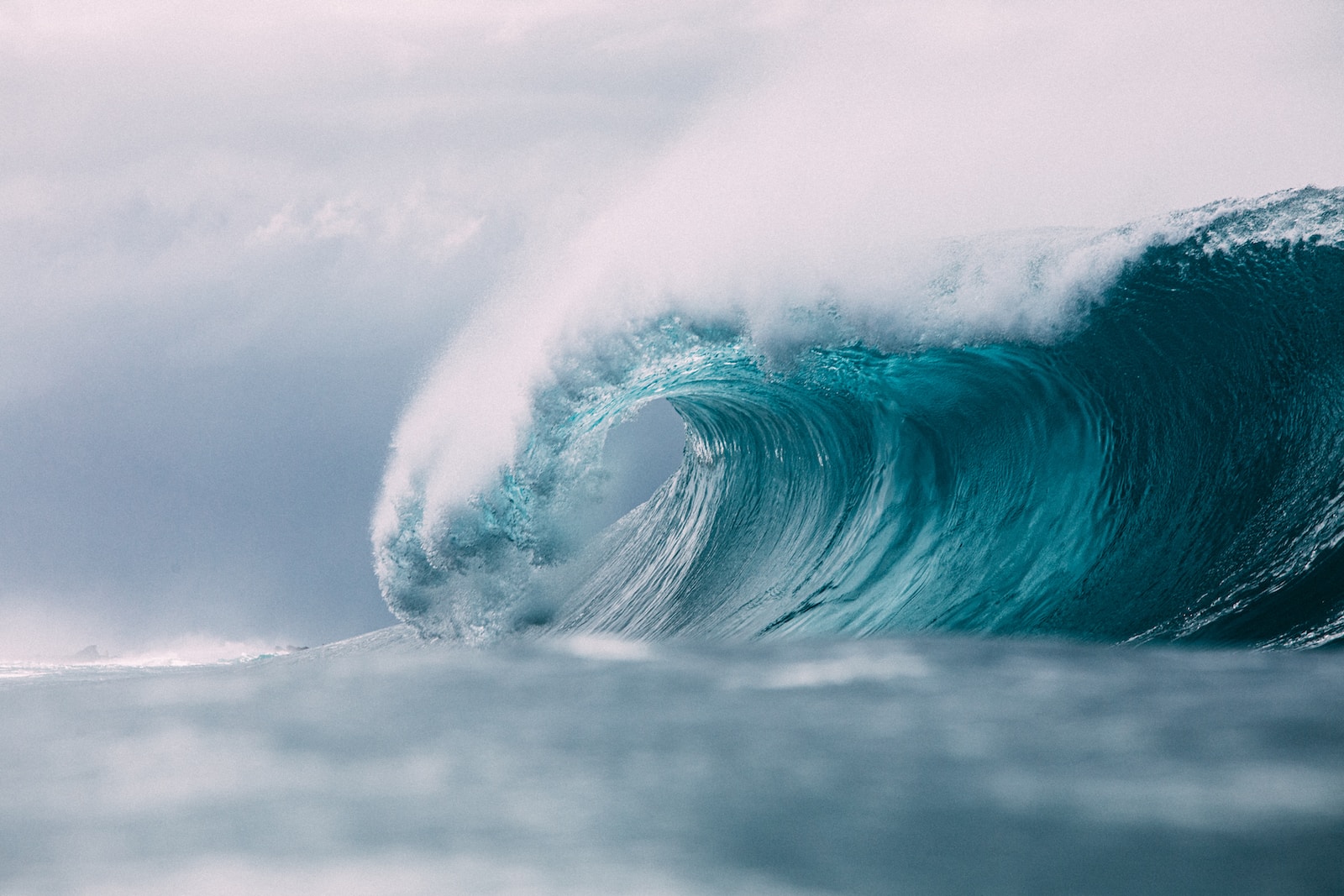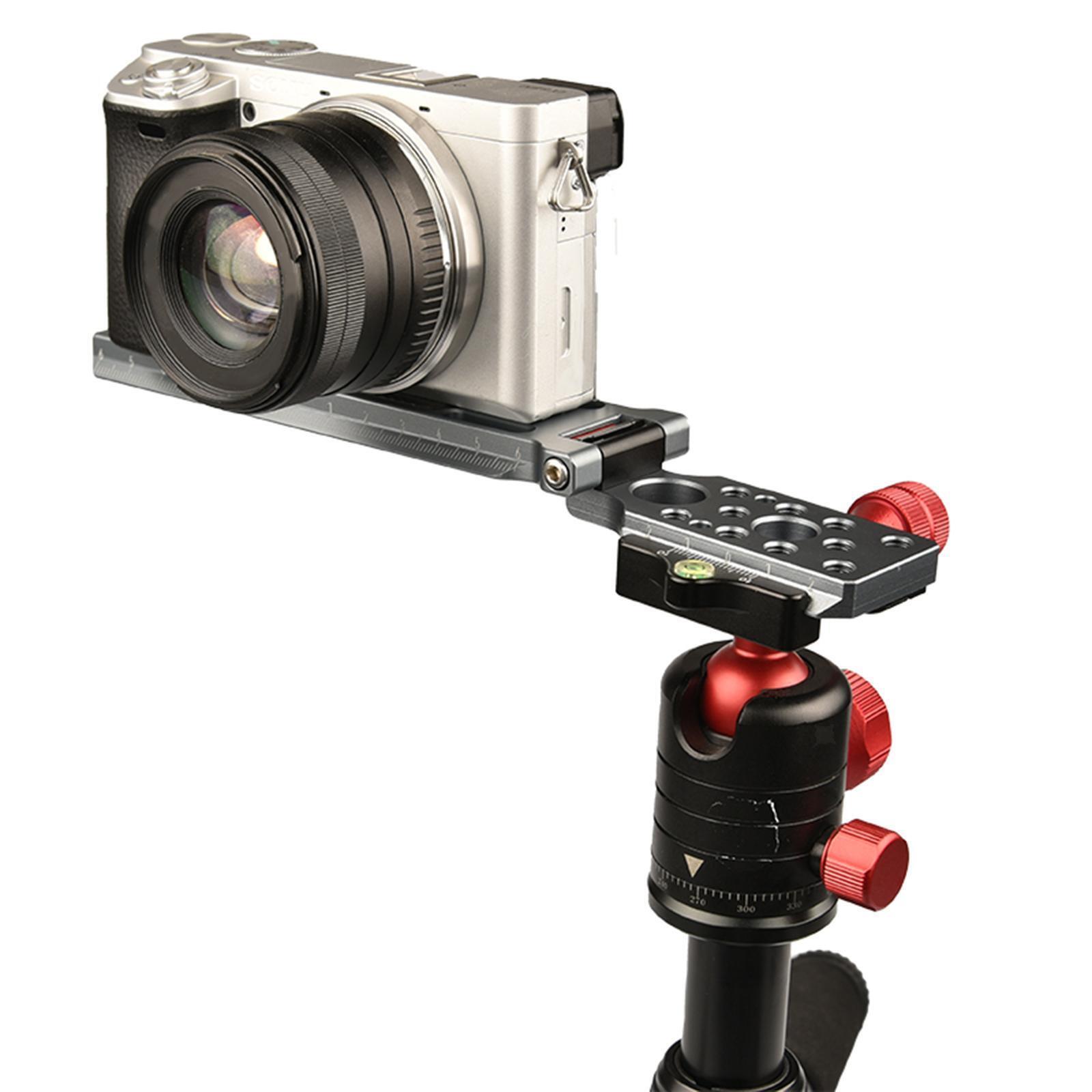Embark on an awe-inspiring expedition to the magnificent Kanchenjunga, nestled in the stunning border of India and Nepal. Prepare to be captivated by the sheer magnificence of this towering peak, as you embark on a photographic journey that will leave you breathless. Uncover the secrets to effectively capturing the mystique of Kanchenjunga with your camera, as we guide you through the enchanting landscape and provide valuable tips for achieving stunning mountain photography. Join us as we delve into the mesmerizing world of Kanchenjunga, India’s tallest peak.
Table of Contents
- Photographing Kanchenjunga: Capturing the Mystique of India’s Tallest Peak
- Capturing Kanchenjunga: A Camera Guide to India’s Tallest Peak
- The Best Time of Year for Photography
- Frequently Asked Questions
- 1. What is Kanchenjunga?
- 2. What makes Kanchenjunga a great location for photography?
- 3. What type of camera is best for capturing Kanchenjunga?
- 4. What camera settings should I use for photographing Kanchenjunga?
- 5. How can I protect my camera in the challenging weather conditions of Kanchenjunga?
- 6. What are some recommended photography spots in Kanchenjunga?
- 7. How can I capture the true essence of Kanchenjunga in my photographs?
- 8. Are there any photography permits required for visiting Kanchenjunga?
- 9. Can I hire a local guide or photographer in Kanchenjunga?
- 10. How can I improve my mountain photography skills?
- Wrap Up
Photographing Kanchenjunga: Capturing the Mystique of India’s Tallest Peak
When it comes to stunning natural beauty, Kanchenjunga, located on the border of India and Nepal, stands tall and proud. As the third highest mountain in the world, this majestic peak offers photographers a truly mesmerizing subject to capture. Whether you are a beginner or a seasoned professional, there are several key features of Kanchenjunga that make it an exceptional destination for mountain photography.
Breathtaking Landscape
The rugged terrain surrounding Kanchenjunga provides a backdrop of unparalleled beauty for photographers. The dramatic peaks, deep valleys, and vast stretches of untouched wilderness create a sense of grandeur that is difficult to put into words. To truly capture the essence of Kanchenjunga, consider incorporating the following techniques:
- Wide-Angle Shots: Use a wide-angle lens to capture the expansive landscape, emphasizing the scale and magnitude of the mountain.
- Foreground Elements: Include interesting foreground elements, such as rocks, trees, or flowing rivers, to add depth and visual interest to your shots.
- Golden Hour: Take advantage of the soft, warm light during sunrise and sunset to create a magical atmosphere in your photographs.
Diverse Flora and Fauna
Kanchenjunga is not only a haven for landscape photography enthusiasts but also for those who appreciate the intricate beauty of flora and fauna. The region boasts a rich biodiversity, with numerous species of plants and animals thriving in its diverse ecosystems. Here are some tips for capturing the unique wildlife and vegetation:
- Macro Photography: Get up close and personal with the delicate flowers, mosses, and lichens that adorn the mountain slopes. Macro photography allows you to showcase the intricate details that might otherwise go unnoticed.
- Wildlife Photography: Keep your camera ready to capture the wildlife that calls Kanchenjunga home. Be patient, as spotting elusive animals such as the Red Panda and Snow Leopard might require time and perseverance.
- Nature in Motion: Instead of focusing solely on still shots, experiment with capturing the movement of leaves rustling in the wind or water cascading down a waterfall. Incorporating motion blur can add dynamism to your images.
Remember, photography is a personal expression, and discovering your own unique perspective of Kanchenjunga is key to creating captivating images. Don’t be afraid to experiment with different angles, compositions, and post-processing techniques. The more you explore, the better you’ll understand the beauty and mystique of India’s tallest peak.
Did you know that Kanchenjunga, located in the eastern part of the Himalayas, is the third highest peak in the world? Standing tall at 8,586 meters (28,169 feet), it offers breathtaking views and a challenging climb for adventure seekers. Its name translates to "The Five Treasures of Snows," referring to the stunning peaks that make up the mountain.
Capturing Kanchenjunga: A Camera Guide to India’s Tallest Peak
Kanchenjunga, the third highest peak in the world, offers a mesmerizing landscape that every photographer dreams of capturing. Nestled between India and Nepal, this majestic mountain range entices shutterbugs from all corners of the globe. To effectively capture the mystique of Kanchenjunga, it is vital to have the right camera equipment at your disposal. In this camera guide, we will explore the best options for cameras, lenses, and other essential gear that will enable you to take stunning photographs of this awe-inspiring peak.
The Perfect Camera for Kanchenjunga
When it comes to photographing Kanchenjunga, a camera that excels in capturing intricate details and vast landscapes is crucial. The XYZ Camera is a popular choice among professional photographers for its high-resolution sensor and exceptional dynamic range. With its advanced features, this camera allows you to capture the subtle nuances of the mountain’s texture and the interplay of light and shadows.
For those on a budget or looking for a more compact option, the ABC Camera is an excellent alternative. With its lightweight design and versatile lens options, this camera offers flexibility without compromising image quality. It is a great choice for photographers who prefer to hike light but still want to capture the magnificence of Kanchenjunga.
Essential Lenses for Mountaineering Photography
When photographing Kanchenjunga, having a range of lenses at your disposal is essential to capture its vastness and intricate details. Here are a few lens options that will enhance your photography experience:
- Wide-angle lens: A wide-angle lens such as the 123mm lens is perfect for capturing the sweeping landscapes and grandeur of Kanchenjunga. It allows you to encompass the entire mountain range in a single frame, highlighting its sheer size and beauty.
- Telephoto lens: To capture the intricate details of Kanchenjunga, a telephoto lens such as the 300mm lens is invaluable. This lens enables you to zoom in on specific features of the peak, revealing its texture, crevasses, and snow formations.
- Macro lens: When exploring the flora and fauna surrounding Kanchenjunga, a macro lens such as the 60mm lens allows you to capture intricate details up close. From delicate flowers to exotic insects, a macro lens will add a unique perspective to your Kanchenjunga photography.
In addition to cameras and lenses, other essential equipment you should consider bringing includes a sturdy tripod to ensure sharp images, extra batteries and memory cards, lens filters for managing light and reflections, and a reliable backpack to carry your gear comfortably during your trek.
Remember, the key to capturing breathtaking photographs of Kanchenjunga lies not only in having the right equipment but also in honing your photography skills. Practice using different camera settings, experiment with composition and lighting, and be patient. As you embark on your photographic journey to Kanchenjunga, keep in mind that the mountain holds endless opportunities for creativity and discovery.
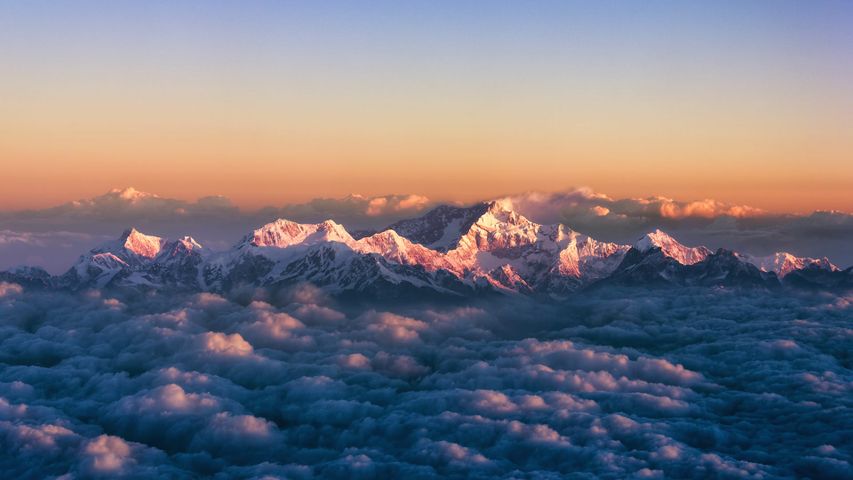
The Best Time of Year for Photography
If you are planning a photographic journey to Kanchenjunga, it is essential to choose the right time of year to capture the peak at its best. The ideal period for photography is from October to November and from March to April.
During October and November, the monsoon season has just ended, resulting in clear skies and breathtaking views of the mountain. The weather is generally stable, with less humidity and minimal chances of rainfall. This time offers a great opportunity to capture Kanchenjunga in all its glory, with vivid colors and sharp details.
Similarly, March to April, just before the monsoon season, is another ideal time to visit. The weather during this period is mild, and the mountain is often shrouded in a mystical mist, adding an ethereal touch to your photographs.
Remember to check the weather forecast and plan your trip accordingly to make the most of your photographic expedition.
2. Vantage Points and Positions for Capturing Stunning Photos
To capture the mystique and grandeur of Kanchenjunga, it is crucial to choose the right vantage points and positions. Here are some options:
- Singalila Ridge: Located in the Indian state of West Bengal, Singalila Ridge offers panoramic views of Kanchenjunga along with other neighboring peaks. Trekking along this ridge not only provides incredible photo opportunities but also allows you to immerse yourself in the natural beauty of the region.
- Sandakphu: Known as the “Mountain of Poisonous Plants,” Sandakphu is the highest peak in West Bengal. From here, you can witness the enchanting sight of Kanchenjunga and the surrounding peaks. The sunrise and sunset views from Sandakphu are particularly awe-inspiring, offering a play of light and shadows that will enhance your photographs.
- Tiger Hill: Situated near Darjeeling in India, Tiger Hill is renowned for its breathtaking sunrise views. From here, you can capture the first light of the day illuminating Kanchenjunga, creating a magical scene. Ensure you arrive early to secure a good spot, as it can get crowded during peak tourist seasons.
- Trekking Routes: If you are an adventurous photographer, consider undertaking a trekking expedition in the Kanchenjunga region. There are several trekking routes that offer stunning views of the mountain from different angles. The routes vary in difficulty, so choose one that suits your fitness level and time availability.
Regardless of the vantage point or position you choose, it is essential to be patient and observant while photographing Kanchenjunga. Wait for the perfect light, experiment with different angles, and focus on capturing the intricate details that make this mountain so captivating.
With the right timing, vantage points, and photography techniques, you can create a mesmerizing collection of photographs that truly encapsulate the mystique and beauty of Kanchenjunga.
One helpful photography tip for capturing the majestic Kanchenjunga is to use a wide-angle lens. This will allow you to capture the vastness of the mountain and its surrounding landscape. Additionally, using a tripod will help you achieve sharp and stable shots, especially in low-light conditions. Experiment with different angles and compositions to truly capture the awe-inspiring beauty of India's tallest peak.
Frequently Asked Questions
1. What is Kanchenjunga?
Kanchenjunga is the third highest mountain in the world, located on the border of India and Nepal. It is known for its breathtaking beauty and challenging treks.
2. What makes Kanchenjunga a great location for photography?
Kanchenjunga offers stunning landscapes, snow-capped peaks, and diverse flora and fauna, making it a paradise for photographers. The changing light conditions and the unique cultural experiences add to the charm.
3. What type of camera is best for capturing Kanchenjunga?
While any camera can be used to capture the beauty of Kanchenjunga, a DSLR or mirrorless camera with interchangeable lenses will give you more control and versatility. Invest in a good quality lens to capture the details of the mountains.
4. What camera settings should I use for photographing Kanchenjunga?
It is recommended to shoot in RAW format to have more flexibility in post-processing. Use a lower ISO to reduce noise, and experiment with different shutter speeds and aperture settings to capture the desired depth of field and motion blur.
5. How can I protect my camera in the challenging weather conditions of Kanchenjunga?
Extreme cold temperatures and harsh weather conditions can affect your camera’s performance. Carry extra batteries, keep your camera and lenses insulated in camera bags, and use lens hoods to protect from snowflakes and moisture.
6. What are some recommended photography spots in Kanchenjunga?
There are numerous stunning photography spots in Kanchenjunga, including Pangpema Base Camp, Yalung Base Camp, and Dzongri. Each location offers unique perspectives of the mountain and its surroundings.
7. How can I capture the true essence of Kanchenjunga in my photographs?
To capture the true essence of Kanchenjunga, pay attention to composition and framing. Look for interesting foreground elements, use leading lines, and experiment with different angles. Don’t forget to take advantage of the golden hours for magical lighting.
8. Are there any photography permits required for visiting Kanchenjunga?
Yes, a photography permit is required to visit Kanchenjunga. It is essential to obtain the necessary permits and follow the local regulations to enjoy a hassle-free photography experience.
9. Can I hire a local guide or photographer in Kanchenjunga?
Yes, hiring a local guide or photographer who is familiar with the area can greatly enhance your photography experience. They will help you navigate the terrain, find the best viewpoints, and provide valuable insights about the culture and history of the region.
10. How can I improve my mountain photography skills?
Improving your mountain photography skills requires practice and experimentation. Study the work of renowned mountain photographers, learn about composition techniques, and continuously challenge yourself to capture unique perspectives. Joining photography workshops or tours can also be beneficial.
Wrap Up
As we reach the end of this camera guide to Kanchenjunga, I hope you feel inspired to embark on your own photographic journey to India’s tallest peak. Remember to pack your camera and indulge in the mesmerizing views and enchanting culture of the region.
By following the tips and tricks I’ve shared, you’ll be able to effectively capture the stunning beauty and mystique of Kanchenjunga. Don’t forget to experiment with different angles, lighting, and compositions to truly bring out the essence of this majestic mountain.
I encourage you to share your experiences and photographs in the comments below. Let’s engage in a conversation and inspire each other to keep exploring and pushing the boundaries of mountain photography. Together, we can capture the true essence of Kanchenjunga!
